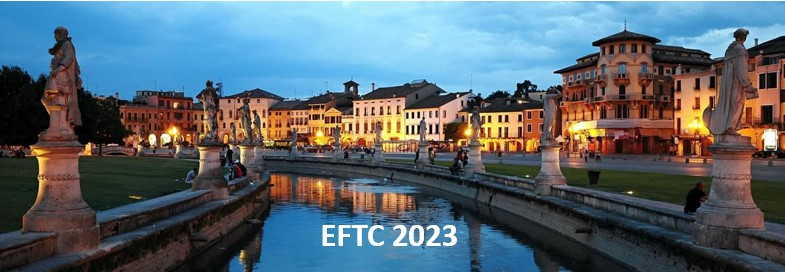Speaker
Description
We present a new model to describe neoclassical transport in strong gradient regions in tokamaks such as internal transport barriers and the pedestal [1]. Previous work on neoclassical transport across transport barriers assumed large density and potential gradients but a small temperature gradient [2], or neglected the gradient of the mean parallel flow [3]. Using a large aspect ratio and low collisionality expansion, we relax these restrictive assumptions and keep gradient scale lengths that are of the size of the poloidal gyroradius. The poloidally varying part of the electric potential is retained because it is sufficiently large that it can detrap particles or trap them on the high-field side. We derive equations describing the neoclassical transport of particles, parallel momentum and energy by ions in the banana regime. Studying contributions from both passing and trapped particles, we show that the resulting transport is dominated by the trapped. Even so, passing particles cannot be neglected because they determine the poloidally varying piece of the electric potential which modifies the transport coefficients. We find that a non-zero neoclassical particle flux requires parallel momentum input which could be provided through interaction with turbulence or impurities. The energy flux across a transport barrier has upper and lower bounds in both temperature and density. Solutions to our transport equations are highly sensitive to the choice of sources and boundary conditions and do not always exist.
This work was supported by the U.S. Department of Energy (F.I.P., contract number DE-AC02-09CH11466) and (P.C., contract number DE-FG02-91ER-54109). S.T. was also supported by the German Academic Scholarship Foundation.
References:
[1] S. Trinczek, F. I. Parra, et al., J. Plasma Phys. 89, 905890304, (2023)
[2] P. J. Catto, F. I. Parra, et al., Plasma Phys. Control. Fusion 55, 045009 (2013)
[3] K. C. Shaing, C. T. Hsu, Physics of Plasmas 19, 022502 (2012)

